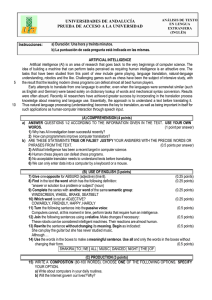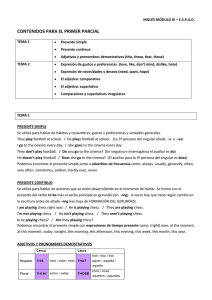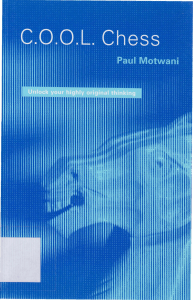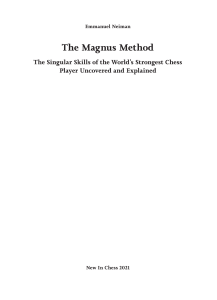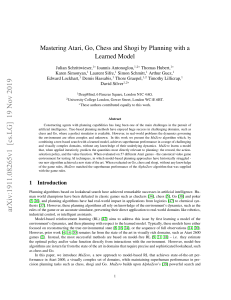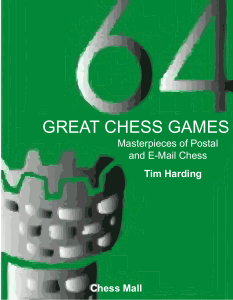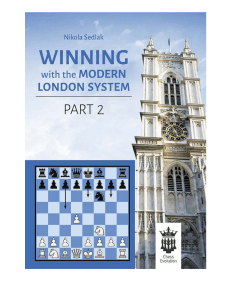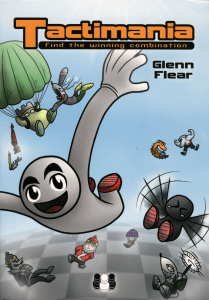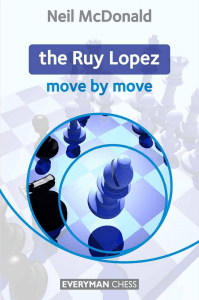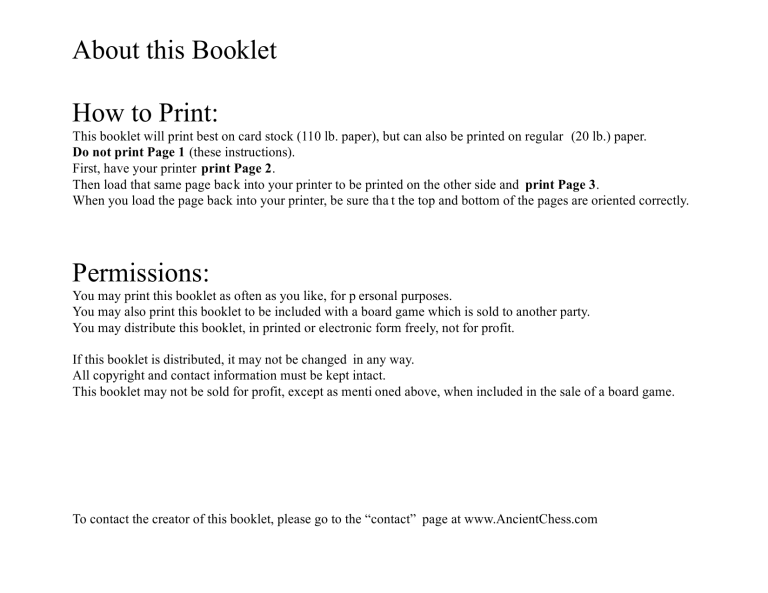
About this Booklet How to Print: This booklet will print best on card stock (110 lb. paper), but can also be printed on regular (20 lb.) paper. Do not print Page 1 (these instructions). First, have your printer print Page 2. Then load that same page back into your printer to be printed on the other side and print Page 3. When you load the page back into your printer, be sure tha t the top and bottom of the pages are oriented correctly. Permissions: You may print this booklet as often as you like, for p ersonal purposes. You may also print this booklet to be included with a board game which is sold to another party. You may distribute this booklet, in printed or electronic form freely, not for profit. If this booklet is distributed, it may not be changed in any way. All copyright and contact information must be kept intact. This booklet may not be sold for profit, except as menti oned above, when included in the sale of a board game. To contact the creator of this booklet, please go to the “contact” page at www.AncientChess.com Captures Captures are made, as in western chess, by moving a piece onto a square occupied by an opposing piece. The piece is removed from the board and placed on the side of the board, to the player’s right (or, traditionally, on a special platform). Shogi Dropping Pieces into Play If a player has pieces “in hand” (those captured, waiting off the board), he may choose, instead of moving one of his pieces on the board, to place ( or “drop”) one of these captured pieces into play, on any vacant square of the board. The piece is always dropped with its unpromoted value showing. Promotion The 7th, 8th and 9th rows (or ranks) on the board are the promotion zone. These are, in other words, the three rows on the far side of the board — the area in which the opponent’s pieces are originally set up. When a move is made on the board (not dropped), and the piece begins and/or ends its move within the promotion zone, the player has the option of promoting the piece. When the piece is promoted, it is flipped over, to show its promoted value (cursive side, red in some sets). It maintains its promoted value until it is captured, or until the end of the game. A Few More Rules Note these special cases and their rules: 1) A player may not drop a pawn onto a file (a column of squares running front to back) which already contains one of his own pawns. Only one pawn per file! This rule does not apply to files occupied by promoted pawns. 2) A pawn may not be dropped to give checkmate (winning the game) on that move. 3) No piece may be moved or dropped onto a square from which it will have no possible future move. For instance, a pawn, knight or lance can not be dropped onto the 9th row. A knight, for the same reason, may not be dropped onto the 8th row. If a pawn, knight or lance moves onto one of these rows, it must promote, so that it will have a possible future move from that square. 4) None of the pieces, except the knight, may jump over another piece as it moves. Further Reading Highly recommended is the book Shogi for Beginners, from Kiseido Publishing Company (Tokyo, Santa Monica and Amsterdam) Further information For more information about Shogi, and other chess related games throughout the world, visit this web site: www.AncientChess.com © 2004 Rick Knowlton Japanese Chess The Traditional Chess of Japan For information about Chess Variants throughout the world and free copies of this booklet, visit www.AncientChess.com Shogi Silver, “Gin-Sho,”* Silver General: One space diagonally or forward. Promoted Silver, “Narigin”: Moves the same as the gold. Pronounced “show´ gee” (hard “g” as in “geese”), shogi is the traditional chess of Japan. Modern shogi is approximately as old as modern western chess (what we call chess), about 500 years old. The game is probably derived primarily from Chinese chess, xiangqi, but also has interesting similarities to Thai chess, makruk. Arrangement The pieces are arranged symmetrically, as shown on the front of this pamphlet. You will notice that there is slight variation in the calligraphy from one set to another. Smaller sets and diagrams usually use simplified or alternate characters. By comparing the pieces shown on the cover with those that follow, you will begin to acquaint yourself with some of the possible variations in calligraphy. Similarities to Other Forms of Chess Like other forms of chess, the object of shogi is to force capture of the opposing king — to put him in checkmate. The two players alternate, moving one piece in each turn, using the characteristic moves of the various pieces. Some of these moves are the same as those found in western chess — some are different. Silver Knight, “Kei-Ma,” Laurel Horse : One space forward, plus one space forwarddiagonal. Like a western chess knight — but only forward. This is the only piece allowed Knight Promoted Knight to jump over other pieces in its path. Promoted Knight, “Narikei”: Also moves the same as the gold. Unique Features of Shogi 1) The opposing armies are not indicated by different colors, but by orientation on the board. Note that each piece always points toward the opponent. Lance 2) All the pieces, except for the king and gold (described below), may promote to gain new powers. The promoted value is on the flip side of the piece, and is written in cursive calligraphy. Traditional sets have both sides of the piece printed in black, but some modern sets have the promoted side shown in red (as shown here). 3) What makes shogi truly unique among chess forms is this: On a player’s turn to move, he may, instead of moving one of the pieces on the board, choose to place one of the pieces he has captured back into play. Bishop Details of these rules are given later; but first — the pieces: The Pieces and Their Moves Below are given the names of the pieces in western terms (for the convenience of the western chess player), their Japanese names and meanings, and the moves of each piece, both before and after promotion. King, “O-Sho,” and “Gyoku,” Jade General and Great General : Moves exactly like the king in western chess: one space in any direction. The player must always move in such a way that this piece is not threatened with capture. If he can not, the game is lost. Rook King Gold, “Kin-Sho,” Golden General: One space in any direction except back-diagonal. The gold does not promote. Promoted Silver Pawn Lance, “Kyosha,“ Fragrant Chariot : As many spaces as desired, but only forward. Promoted Lance, “Narikyo” : Again, the same move as the gold. Promoted Lance Bishop, “Kaku,” Angle Goer : The same move as the western bishop: as many spaces as desired in any of the four diagonal directions. Promoted Bishop, “Ryuma,” Promoted Bishop Dragon Horse : The move of the bishop or the move of the king. Rook, “Hisha,” Flying Chariot : The same move as the western rook: as many spaces as desired forward, backward, left or right. Promoted Rook, “Ryu” Dragon King : The move of the rook or the move of the king. Pawn, “Fuhyo,” Foot Soldier : One space forward. Unlike the western pawn, this pawn captures using its normal forward move; it never moves diagonally. Promoted Pawn, “Tokin” : The same move as the gold. Promoted Rook Promoted Pawn * Note in pronunciation: g is always hard as in “geese” ; i is always pronounced “ee”. Gold
